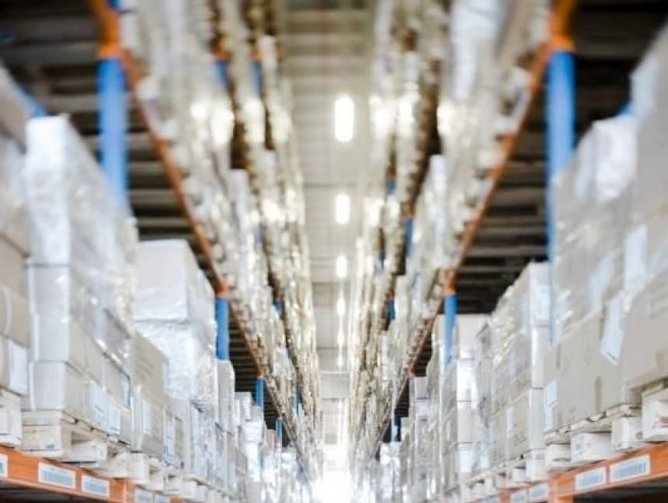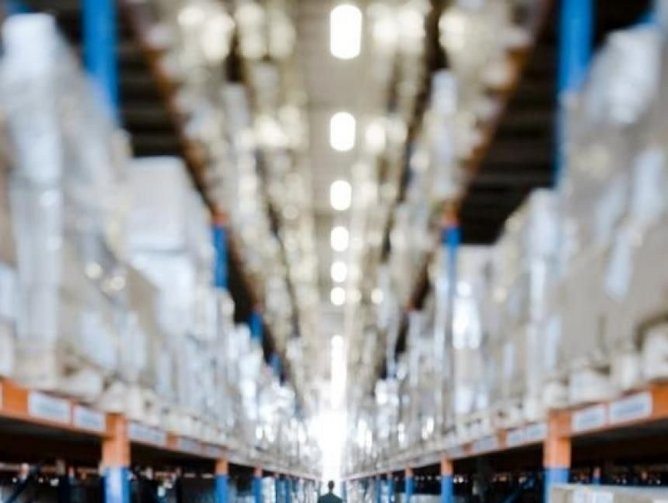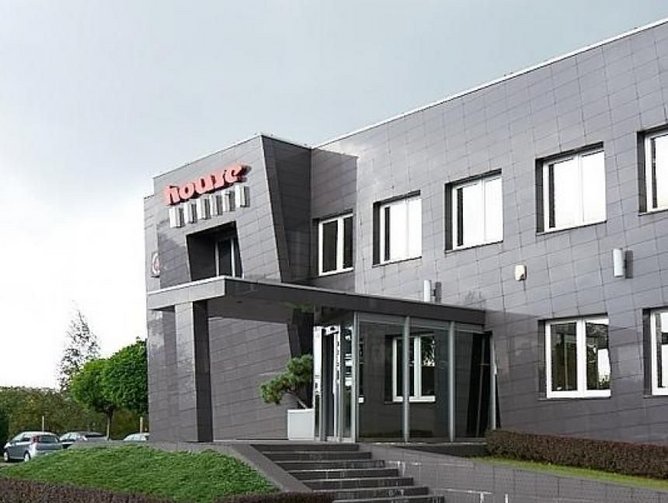LPP is perhaps the best example in the European fashion retail market of what can be achieved in 20 years. Following consistently high growth – especially over in the past few years – the Polish fashion retailer has pushed the limits of its global supply chain in order to deliver both quality and value to its customers. In just under a decade, the company has seen its sales swell from €170 million to over €1.13 billion, significantly grown its number of stores and accelerated logistics facilities and solutions.
We speak to Sebastian Soltys, LPP’s International Logistics Director, about how he and his teams have ensured that the company’s supply chain has accommodated rapid geographical expansion, as well as evolved to serve the addition of new clothing brands.
Operations and expansion
LPP is the most popular fashion retailer in Poland – and it is by far the largest. Its size and popularity have enabled the company to look beyond its borders for revenue opportunities. Following the entry into Germany, Croatia and the Middle East, it currently has stores in 18 countries serving three continents.
Over the years, LPP has developed six well-known fashion brands which consist of: RESERVED; Tallinder; MOHITO; House; Cropp; and SiNSAY. The RESERVED brand is perhaps the best example of LPP’s diversity and supply chain capabilities and is little wonder that the company chose to launch this as its premier brand in the German market in 2014 –it is maintained by extra value added services such as garment ironing or hanging garment distribution. Later this year, the retailer is planning to open a high-profile store on London’s prestigious Oxford Str. House and Cropp offer clothing lines for fashion-conscious young people; its SiNSAY brand specifically targets the younger female market. The company attracts customers over 30 through its newly rolled-out premium brand Tallinder - while it focuses specifically on the female market with its MOHITO brand whose autumn/winter collection in 2014/15 was designed in collaboration with Polish supermodel Anja Rubik.
Somewhat fondly, Soltys recalls a time when the company was small enough to be managed from a single location he says:
“I remember when I joined the company 10 years ago - we used to have 10,000 square meters of warehousing - our turnover and the store collateral were both small back then.”
Back in 2005, LPP had just over 200 retail stores, but by 2015 this number had shot up to over 1,600 supported by a 70,000 square metre logistics centre.
He explains how the youthfulness of the organisation had actually facilitated rapid growth and had given LPP the freedom to create modern solutions: “We had the luxury of creating our logistics operations from scratch, which differs from many retailers; when they need to scale their operations for periods of constant growth, they often have to squeeze them into existing facilities. Saying that, we were able to expand production at our site from 250,000 pieces per day in 2008, to 1,200,000 in 2015.”
Supply chain strategy
Soltys also explains that, in order to accommodate the massive growth of its retail stores network, LPP had to ensure that its entire supply chain was able to adapt and grow, he says; “Alongside the growth of our company, in terms of logistics and supply chain it was enormous, very rapid growth that actually forced us to be very dynamic and flexible to keep up with organisational changes.”
“With growth in both the number of our stores and the destinations we serve, the challenge is to orchestrate on a daily basis in terms of time, cost and quality the supply from hundreds of manufacturers which are placed in more than 20 countries, spread across more than 120 different landing points.”
“Every single day we have a multitude of goods landing, as well as goods in transit and coming in and out from sea ports, airports, and roads. All in all, it is a constant flow from one supply chain side to the other, represented by 1600 shop floors. Adding additional disruptive layers to that global network means that my team and I have very difficult jigsaw to put together.”
And how does LPP ensure that the entirety of its supply chain is up to scratch? Soltys explains: “The key to success is ability to be flexible with the strong eagerness on driving process improvements. You need to also remember to be reliable when collaborating with your vendors.
“The biggest advantage for LPP is that we can react at a fast pace to cope with any environmental changes. When expansion was booming in Russia three years ago, we set up a distribution centre in Moscow and created a separate supply chain model for the reason of strengthening reaction against the market demand and to bring stock closer to the end customer.”
“A year and a half ago, when the political and economic situation in Russia deteriorated, we were able to very smoothly balance what we were bringing out in the Russian market directly, and what we bring to the other countries. So we were just very dynamic with goods between the countries where we operate.”
Jacek Kujawa, Vice President of the Board at LPP, adds: “More than ever before, excellence in supply chain and logistics is about bringing the real contribution into the revenue growth and enhancing customer satisfaction. Being innovative in terms of advanced logistics technology and IT systems in reasonable fields really pays off. Although all logistics developments made required much capital investment, they brought us a continuous cost to serve decrease.”
Ethical expansion
In recent years LPP has worked hard to ensure that its supply chain is as transparent and ethical as possible, which culminated with the creation of a dedicated CSR department last year to provide oversight on this initiative. This endeavour may be relatively new to the company, but due to its inherent speed, it has been able to take it on board with gusto.
LPP’s spokesperson Marta Chlewicka says: “We are initially concentrating on implementing the right controls and auditing our factories. While we don’t actually own any factories, we are focusing on being precise with the ones we use – we will be conducting more audits and social audits in our supply chain, especially in Bangladesh this year, and in the future we would like to also control our factories in China.”
“We are the only Polish fashion retailer who joined the Accord on Fire and Building Safety in Bangladesh initiative whose aim is to improve the safety in the clothing production facilities in Bangladesh.”
Soltys adds: “We also take into account the transport we currently use; we ship via modern ocean ultra-vessels, which are currently the best on the market and have reduced carbon dioxide emissions. We are also starting some trials with rail connections from the Far East to Poland which will make the supply chain smoother and faster, and no doubt much environmentally friendly.
“I would say that nowadays supply chain visibility is crucial, but it’s going to be very challenging for the next couple of years, and only those companies that have full supply chain advanced visibility would gain any advantage facing the volatile macroeconomics. We aim to enhance the supply chain supporting systems to clearly see and analyse every single step of chain, because that helps you to mitigate the impact of the global disruptions and keeps you a step ahead.”
“We operate in a total of 18 countries, across three continents and supply roughly 120 million pieces of garments and accessories yearly. Such a distribution scale would definitely not be feasible without a well synchronised supply chain, supported by the advanced intralogistics technology and systems.
He concludes: “On top of that, I would emphasise the human element, because you might have an ideal system but there need to be personnel to understand the process and the data and combine it to achieve the best results. In the end, it’s all about synchronising every supply chain link well with the previous and the next one.”
Having grown at an unbelievable rate in the past decade, LPP has shown that a newcomer to the market can not only move with unmatched speed, but can do so without compromising on the quality of its products and build a strong yet flexible supporting supply chain. As the fashion retail space continues to evolve, the company can be sure that the systems that it has in place are more than capable of accommodating them.











